To provide you with first-hand information about Huitou Company
 2025-02-24 09:45:32
2025-02-24 09:45:32
 Click:
Click:


The history of projector development dates back to early technological innovations of the last century. With continuous adva
The history of projector development dates back to early technological innovations of the last century. With continuous advancements in science and technology, projectors have evolved from simple image magnification tools into multifunctional devices in various forms. Today, let’s take a deep dive into the projector’s journey through time.
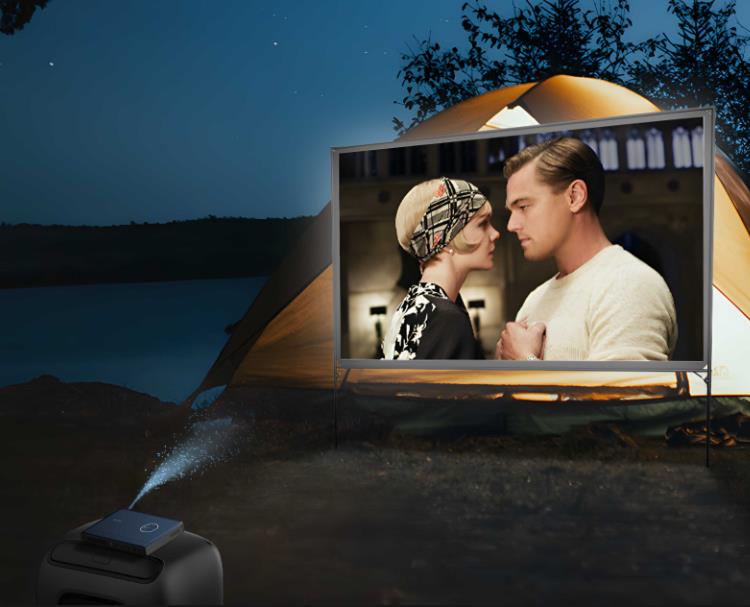
1. Early Image Projection: The Birth of Slides and Projectors (Late 19th - Early 20th Century)
The origins of projectors trace back to 19th-century slide projection technology. Early projection devices worked by placing photographs, paintings, or images (often glass negatives) into a slide projector, which then projected them onto a wall or screen using light. These devices were widely used for education and entertainment, helping people understand and remember content more vividly.
By the late 19th century, the rise of motion pictures led to the development of more specialized projection equipment. In 1891, Thomas Edison introduced the kinetoscope, and in 1895, the Lumière brothers created the first commercial motion picture projector, marking the dawn of modern projection technology.

During the first half of the 20th century, projectors transitioned into the era of electronic technology. This period saw the evolution from traditional optical projection to electronic imaging and display technology, making projectors essential in film and television broadcasting.
In the 1980s and 1990s, projector technology entered a crucial phase of development. The introduction of liquid crystal display (LCD) and digital light processing (DLP) technologies allowed projectors to produce sharper, more vibrant images, significantly increasing their adoption in home entertainment and business presentations.
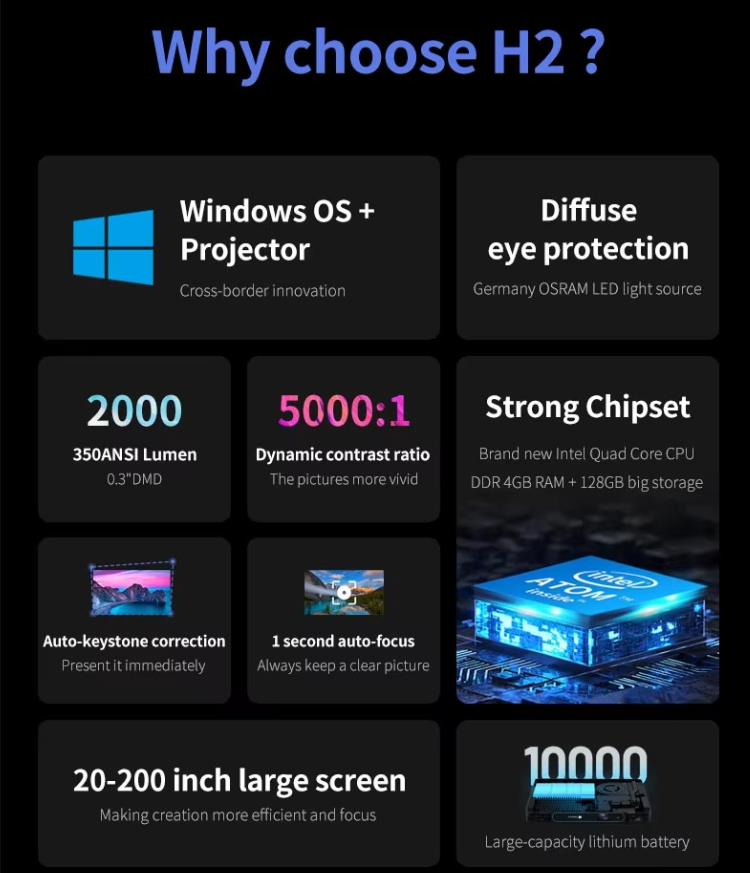
With the rise of digital technology, projectors embraced higher-definition resolutions and smarter features. High-definition (HD) resolution became a key trend, enhancing the visual experience for various applications.
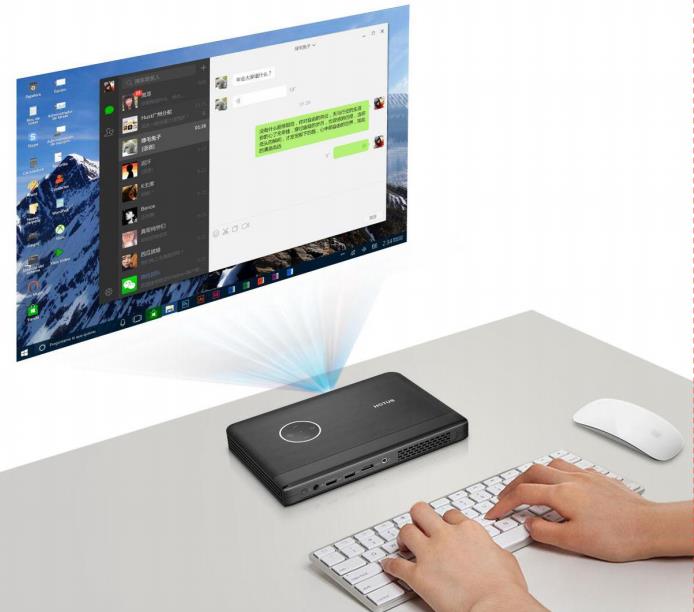
In the 2010s, rapid advancements in smart technology transformed projectors from simple display tools into intelligent, multifunctional devices. Portable and smart projectors became mainstream, widely used in home entertainment, business meetings, and education.
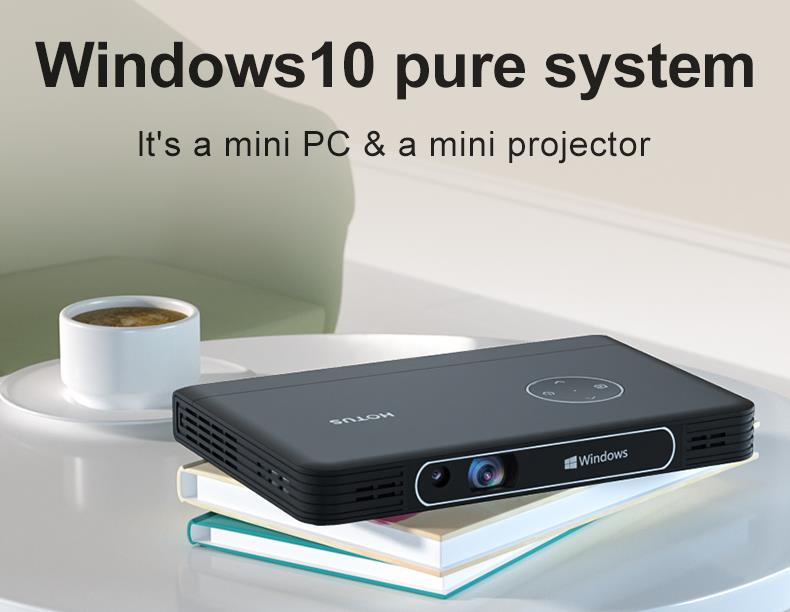
Looking ahead, projector technology will continue to evolve toward greater intelligence, convenience, and efficiency. Innovations such as ultra-short throw projection, laser light sources, and AI-driven enhancements will further improve user experience.
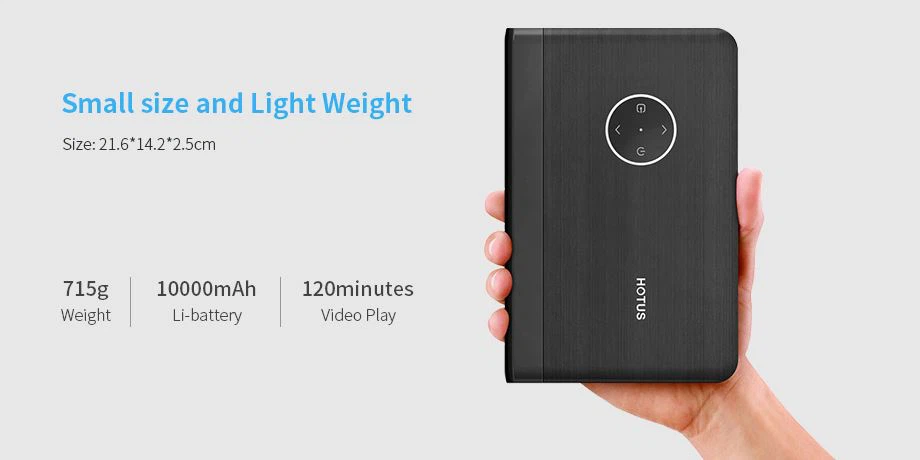
From the early manual slide projectors to today’s smart laser projectors, the industry has witnessed over a century of technological breakthroughs and expanding applications. Whether for home entertainment, business, or education, the evolution of projectors continues to shape how we interact with digital content.
Hotus projectors incorporate advanced ultra-short throw and laser light source technology, specializing in Windows-based projectors. We are committed to creating a more convenient, comfortable, and intelligent lifestyle for users worldwide!